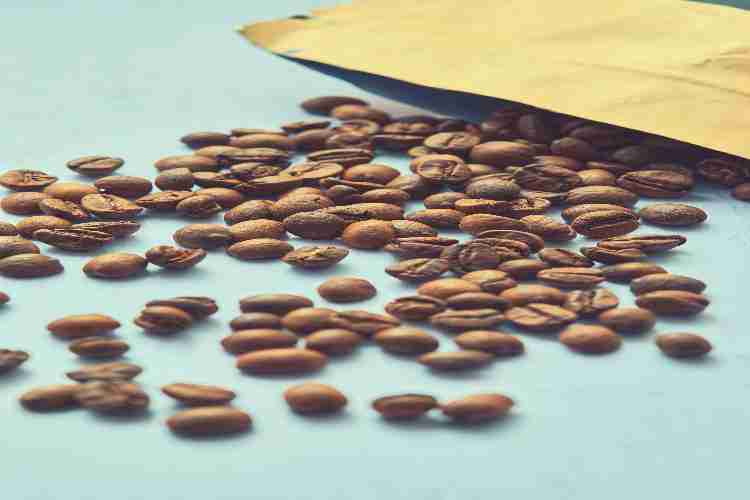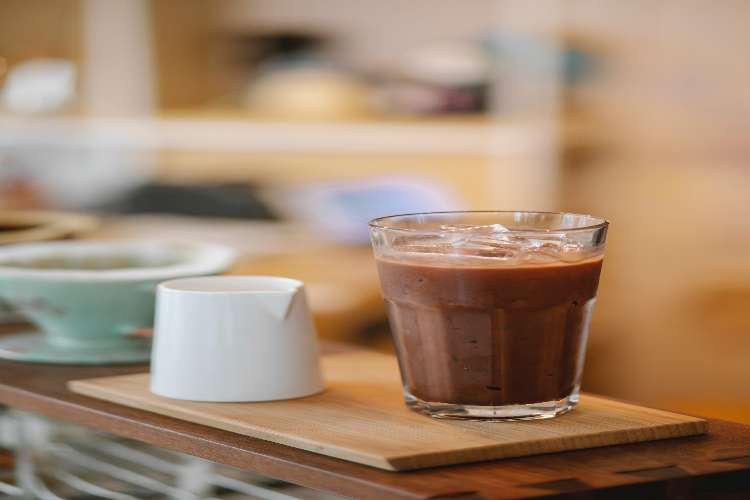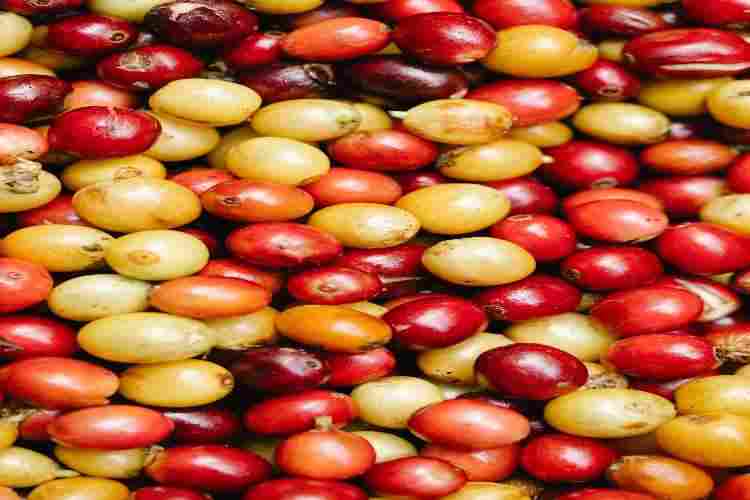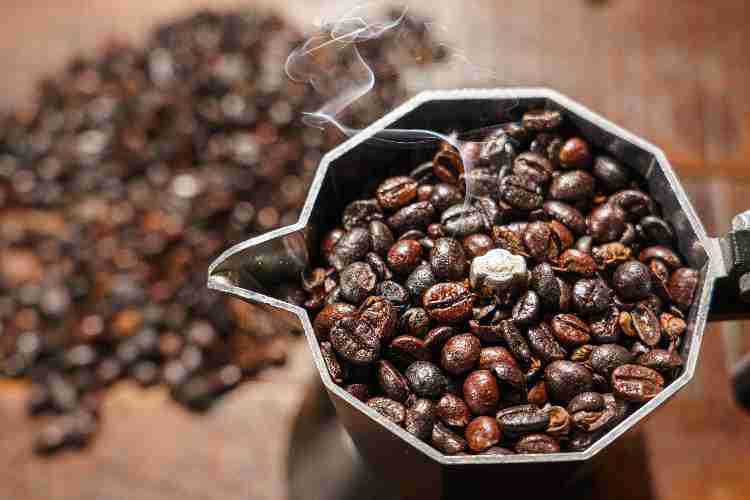
Coffee beans come in a wide variety of types, each with a distinct flavor profile. From light and fruity to dark and bold, there’s a coffee bean for everyone. In this article, we’ll explore the different types of coffee beans and what makes them unique. Read on to learn more about your favorite morning drink.
One of the most iconic drinks we all love to have with friends and family, coffee is, without a doubt, one of the most popular drinks in just about every culture worldwide. When you try to order coffee from your local indie coffee shop, you often need clarification on the flavors, blends, and types offered. Find out the different kinds of coffee beans and their associated flavors in this article!
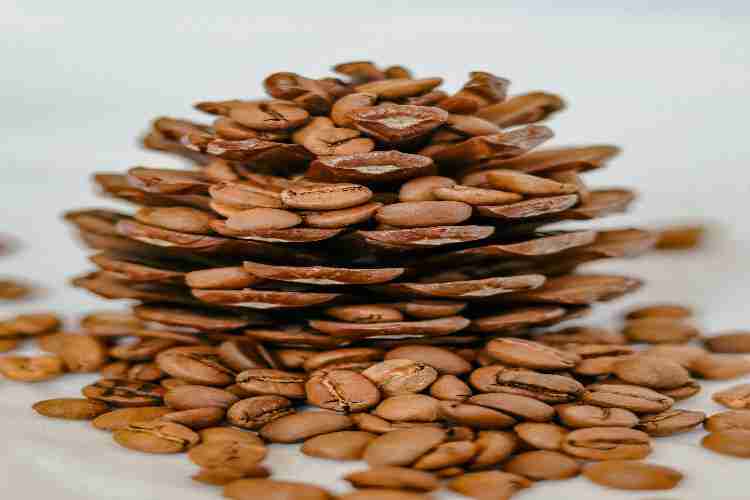
There are two main types of coffee beans – Arabica and Robusta. Arabica beans are grown mainly in Colombia, Brazil, and Venezuela, while Robusta beans come from West Africa, Southeast Asia, and Brazil.
Arabica coffee beans are the most popular type of coffee bean. They have a sweeter, more floral flavor and are less acidic than Robusta beans. Arabica beans are also more expensive due to the higher demand for them.
Robusta coffee beans have a more robust, bitter flavor and contain more caffeine than Arabica beans. They are typically used in instant coffees and espressos. Robusta beans are less expensive than Arabica beans, making them a good choice for budget-conscious coffee drinkers.
Arabica coffee beans
There are two main types of coffee beans: Arabica and Robusta. Arabica coffee beans are the most popular coffee bean, accounting for about 60% of global production. They are grown in warm climates at high altitudes and have a sweeter, softer flavor than Robusta beans. Arabica beans are also more expensive due to the higher cost of production.
Robusta coffee beans
Robusta coffee beans are the second most popular type of coffee bean. They are known for their high caffeine content and robust and full-bodied flavor. Robusta beans are often used in espresso blends and other dark roast coffees.
While Robusta beans make up only a tiny percentage of the world’s coffee production, they are a vital part of the global coffee market. Brazil is the largest producer of Robusta beans, followed by Vietnam and Indonesia. Other countries that produce significant amounts of Robusta beans include Cameroon, India, and Uganda.
Liberica coffee beans
There are three main types of coffee beans: Arabica, Robusta, and Liberica. Liberica coffee beans are relatively rare, making up only about 1% of the world’s coffee production. These beans are more considerable than Arabica and Robusta beans, and they have a unique flavor profile that is often described as “floral” or “fruity.”
Liberica coffee trees originated in Liberia, but today they can also be found in Brazil, the Philippines, and other parts of Africa. The trees are tall, sometimes up to 20 feet (6 meters), with dark green leaves. The beans are typically oval-shaped and have a deep purple color.
Due to their rarity, Liberica coffee beans can be pretty expensive. However, if you’re looking for a unique flavor profile different from the more common Arabica and Robusta beans, then Liberica coffee is definitely worth trying!
Excelsa coffee beans
Excelsa coffee beans are a type of coffee bean that is grown in Vietnam and Thailand. These beans are typically used in blends, adding a fruity flavor to the coffee. Excelsa beans are known for their high acidity, which can make them difficult to roast.
The best type of coffee bean for you
If you’re like most coffee drinkers, you probably don’t overthink the different types of coffee beans. After all, coffee is coffee, right? Wrong. The type of bean used to make your coffee can significantly impact the flavor and quality of your cup of joe.
There are three main types of coffee beans: Arabica, Robusta, and Liberica. Arabica beans are the most popular coffee bean and makeup about 75% of the world’s coffee production. They are known for their smooth, well-rounded flavor and lack of bitterness. Robusta beans are less popular than Arabica but makeup about 25% of the world’s coffee production. They have a more bitter flavor and higher caffeine content than Arabica beans. Liberica beans are the least common coffee bean and make up less than 1% of the world’s coffee production. They have a unique flavor that some people find pleasant, and others find off-putting.
So, which type of bean is best for you? That depends on your personal preferences. If you like a smooth, well-rounded flavor, then Arabica beans are your best bet. If you prefer a bolder, more intense flavor, then Robusta beans might be more to your taste. And if you’re looking for something truly unique, then Liberica beans might be worth trying. No matter what your preference is, there’s a type of
How to grind coffee beans
To get the most out of your coffee, it is essential to know how to grind coffee beans properly. Depending on the type of coffee machine that you have, there are different ways to do this.
The first step is to select the right grind size. If you use a drip coffee maker, you will want to use a medium grind. If you use a French press, you will want to use a coarse grind. And if you use an espresso machine, you will want to use a fine effort.
Once you have selected the right grind size, it is time to start grinding. Using a manual grinder, simply place the beans in the grinder and turn the crank. If you use an electric grinder, merely place the beans in the hopper and press the button or switch that turns it on.
As the beans start grinding, they release their oils and aromas. This is what gives coffee its flavor and smell. The longer you grind the beans, the more intense these flavors and aromas will be.
Once your beans are ground to your desired consistency, remove them from the grinder and enjoy your freshly brewed coffee!
The Different Types of Coffee Beans
We all know coffee beans. They’re what give our coffee its flavor. But did you know there are different types of coffee beans? That’s right, and each type of bean has a distinct flavor. Here are the different kinds of coffee beans and what distinguishes them from one another.
Arabica Beans
These beans make up about 70% of the world’s coffee production. They grow in almost every country that produces coffee. The plants that these beans come from prefer cooler climates and higher altitudes. Arabica beans tend to be small and oval-shaped with a pointed end. They have a sweeter taste with hints of fruits and nuts. The caffeine content in Arabica beans is also lower than in other beans.
Robusta Beans
Robusta beans make up 30% of the world’s coffee production. These plants can handle hotter climates and don’t need as much altitude to thrive. Robusta beans are usually more round than Arabica beans, with a less pointy end. They have a more pungent, bitter taste and double the amount of caffeine as their Arabica cousins. Robusta plants also yield more beans, making them cheaper to produce.
There you have it—the two main types of coffee beans! When you buy your next bag of coffee, you can choose which style best suits your taste.
Arabica vs. Robusta
When it comes to coffee beans, there are two main types: Arabica and Robusta. Both have their own unique flavor profiles and characteristics.
Arabica beans are grown in higher altitudes and have a sweeter, more mellow flavor. They make up about 70% of the world’s coffee production.
Robusta beans are grown in lower altitudes and have a harsher, more bitter flavor. They make up the other 30% of the world’s coffee production.
So, what’s the difference between these two types of beans? Let’s take a closer look:
Flavor: Arabica beans have a sweeter, more mellow flavor, while Robusta beans have a harsher, more bitter taste.
Production: Arabica beans make up about 70% of the world’s coffee production, while Robusta beans make up 30%.
Altitude: Arabica beans are grown in higher altitudes, while Robusta beans are grown in lower altitudes.
Regarding coffee beans, there are two main varieties: Arabica and Robusta. Arabica beans are generally considered higher quality, with a sweeter, more complex flavor. Robusta beans, on the other hand, are hardier and have higher caffeine content. Here’s a closer look at the differences between these coffee beans.
Arabica coffee beans are native to Ethiopia and grow best in high altitudes. They make up about 75% of the world’s coffee production. Arabica beans have a lower caffeine content than Robusta beans and are often used in specialty coffees. They also tend to be more expensive than Robusta beans.
Robusta coffee beans are native to Africa and makeup about 25% of the world’s coffee production. They tolerate hot weather and pests better than Arabica beans, which is why they’re often grown in lower altitudes. Robusta beans have a higher caffeine content than Arabica beans and can be used in blends or instant coffees.
Decaffeinated
Decaffeinated coffee beans have been treated to remove most of the caffeine. There are a few different methods for decaffeinating coffee beans, but most involve using water or steam to extract the caffeine. Decaffeinated coffee beans still contain a small amount of caffeine, so they are not entirely caffeine-free.
When it comes to coffee beans, there are two main types: Arabica and Robusta. Arabica beans are the most common coffee bean, accounting for about 75% of all coffee production. They are grown in warm climates at high altitudes and produce a sweeter, more aromatic cup of coffee. Robusta beans are hardier and higher in caffeine, making them ideal for Espresso and other strong coffees.
When it comes to coffee beans, there are two main types: Arabica and Robusta. Arabica beans are the most popular coffee bean and makeup about 75% of the world’s coffee production. They’re also the priciest coffee beans due to their superior flavor. Robusta beans, on the other hand, are less expensive and have higher caffeine content.
Decaffeinated coffee is made from coffee beans that have removed most of their caffeine. The decaffeination process can be done using water or chemicals, though the chemical method is more common. Decaf coffee still contains a small amount of caffeine, typically about 3 mg per cup.
Single Origin or Blend?
When it comes to coffee beans, there are two main types: single origin and blends. Single-origin coffee beans are sourced from a single country or region, while blends are a mix of beans from multiple origins.
Most coffee aficionados will tell you that single-origin beans are the way to go if you want to taste the authentic flavor of the bean. That’s because when coffee beans are grown in different regions, they can develop unique flavor profiles based on factors like soil composition and climate. When these beans are blended together, they can create a more well-rounded flavor, but some of the individual tastes may be lost in the mix.
So which is better? It really depends on your personal preference. Trying out single-origin coffees from various regions is a great way to start if you want to explore different flavors. But a blend might be better suited if you’re looking for a more consistent coffee.
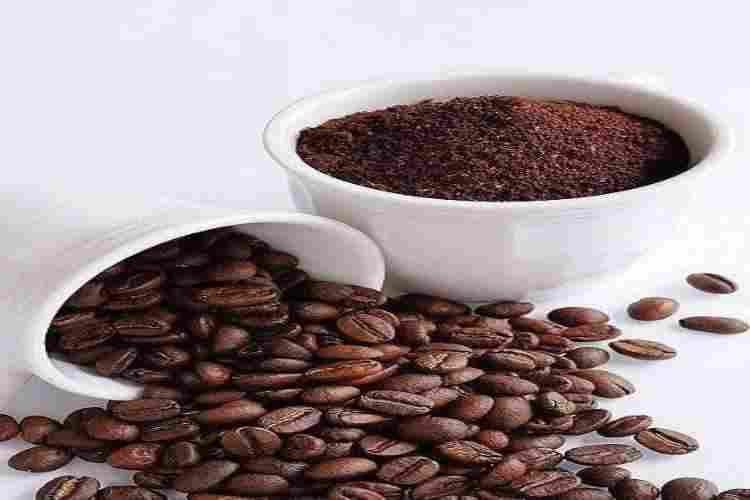
Regarding coffee, there are two main types of beans: single-origin and blended. Single-origin beans are just that – they come from one specific region or country. The taste of these beans can vary greatly depending on where they’re from, so if you’re looking for a particular flavor profile, single-origin beans are a good choice. Blended beans, on the other hand, are a mix of different beans from different regions. The advantage of blended beans is that they can create a more consistent flavor profile from batch to batch.
Conclusion
There are many different types of coffee beans, each with its own unique flavor profile. The kind of bean you use will have a significant impact on the flavor of your coffee, so it’s essential to choose one that you’ll enjoy. If you need help figuring out where to start, try a few different kinds and see which ones you like best. Then, experiment with other brewing methods to find the perfect cup of coffee once you’ve found your favorite.
